Related News
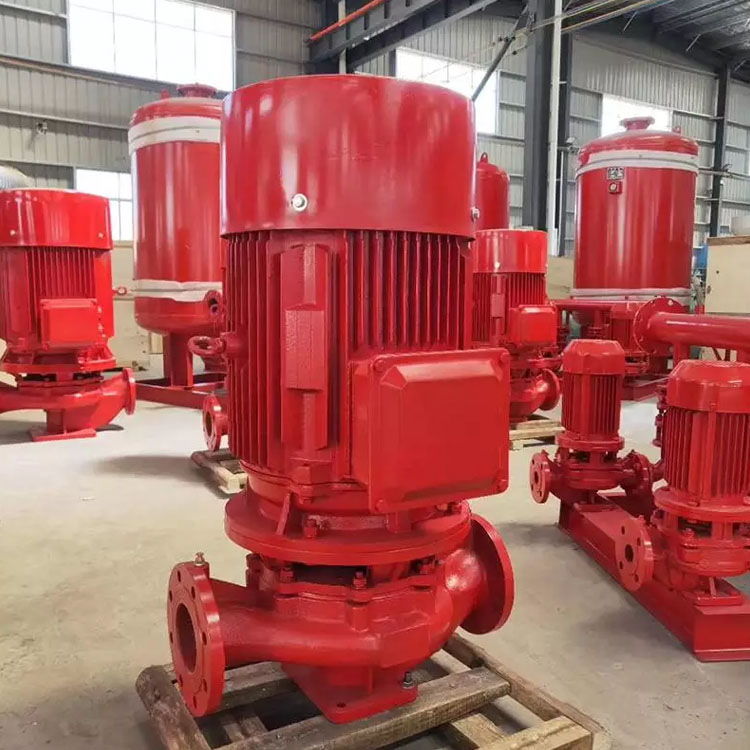
Any machine will inevitably have problems, especially in daily life, a large number of water pump products are used. Once a water pump fails, the water supply may be insufficient or the water supply may be directly cut off, which will bring a lot of inconvenience to our life and work. The mechanical structure of commonly used water pumps is relatively simple and stable. In this way, it is convenient for us to carry out maintenance and troubleshoot common faults. If we learn to troubleshoot and repair water pumps by ourselves, we can reduce waiting time and restore water supply in time. Today, the water pump experts of our hrzl Manufacturing Co., Ltd. will briefly explain to you how to troubleshoot and repair water pump failures. 1. The pump is stuck. The solution is to turn the coupling by hand to check, disassemble and check if necessary, and eliminate the dynamic and static faults. 2. The pump does not discharge liquid and the pump is not fully filled (or the gas in the pump is not completely discharged). The solution is to refill the pump; The pump is not turning in the right direction. The solution is to check the direction of rotation; The pump speed is too low. The solution is to check the speed and increase the speed; The filter is blocked and the bottom valve is not working. The solution is to check the filter and remove the debris; The suction height is too high, or there is a vacuum in the suction tank. The solution is to reduce the suction height; check the pressure of the suction tank. 3. The pump is interrupted after discharging liquid. The reason and solution are that the suction pipeline leaks. The solution is to check the connection of the suction side pipeline and the sealing of the stuffing box: The gas on the suction side was not completely discharged when filling the pump. The solution is to require refilling the pump; The suction side is suddenly blocked by foreign matter. The solution is to stop the pump to deal with the foreign matter; A large amount of gas is inhaled. The solution is to check whether there is a vortex at the suction port and whether the immersion depth is too shallow. 4. Insufficient flow, reason and solution, the static head of the system increases. The solution is to check the liquid height and system pressure; The resistance loss increases. The solution is to check obstacles such as pipelines and check valves; The wear rings of the casing and impeller are too worn. The solution is to replace or repair the wear rings and impellers; Other parts leak. The solution is to check the shaft seal and other parts; The pump impeller is blocked, worn, and corroded. The treatment method is cleaning, inspection, and replacement. 5. The head is not enough, the cause and treatment method, the impeller is installed upside down (double suction impeller). The treatment method is to check the impeller; (Welcome to follow WeChat: Pump Friends Circle) The liquid density and viscosity do not meet the design conditions. The treatment method is to check the physical properties of the liquid; The flow rate is too large during operation. The treatment method is to reduce the flow rate. 6. Pump vibration or abnormal sound, cause and treatment method. The vibration frequency is 0~40% of the working speed. Excessive bearing clearance, loose bearing shells, impurities in the oil, poor oil quality (viscosity, temperature), oil foaming due to air or process liquid, poor lubrication, and bearing damage. The treatment method is to take corresponding measures after inspection, such as adjusting the bearing clearance, removing impurities in the oil, and replacing new oil; The vibration frequency is 60%-100% of the working speed, or the seal clearance is too large, the retaining ring is loose, and the seal is worn. The treatment method is to check, adjust or replace the seal; the vibration frequency is 2 times the working speed, misalignment, loose coupling, friction of the sealing device, deformation of the housing, bearing damage, support resonance, thrust bearing damage, shaft bending, poor fit. The treatment method is to check, take corresponding measures, repair, adjust or replace; the vibration frequency is n times the working speed. Pressure pulsation, misalignment, housing deformation, seal friction, support or foundation resonance, pipeline, machine resonance; strengthen the foundation or pipeline; the vibration frequency is very high. Shaft friction, seal, bearing, imprecision, bearing jitter, poor shrink fit, etc. 7. Causes and treatment methods of bearing heating, bearing pad scraping does not meet the requirements. The treatment method is to repair the bearing pad or replace it. The bearing clearance is too small. The treatment method is to readjust the bearing clearance or scrape; The amount of lubricating oil is insufficient and the oil quality is poor. The treatment method is to increase the amount of oil or replace the lubricating oil; The bearing is poorly assembled. The treatment method is to check the bearing assembly as required and eliminate factors that do not meet the requirements; The cooling water is disconnected. The treatment method is to check and repair; The bearing is worn or loose. The treatment method is to repair the bearing or scrap it. If it is loose, re-tighten the relevant bolts; the pump shaft is bent. The treatment method is to correct the pump shaft; The oil ring is deformed, the oil ring cannot rotate, and it cannot carry oil. The treatment method is to update the oil ring; The coupling is not well aligned or the axial clearance is too small. The treatment method is to check the alignment and adjust the axial clearance. 8. Shaft seal heating, cause and treatment method The packing is pressed too tightly or rubbed. The treatment method is to loosen the packing and check the water seal pipe; The water seal ring is misaligned with the water seal pipe. The treatment method is to recheck the alignment; The flushing and cooling are not good. The treatment method is to check the flushing cooling circulation pipe; The mechanical seal is faulty. The treatment method is to check the mechanical seal. 9. The cause and treatment method of large rotor movement are as follows: improper operation, and the operating conditions are far away from the design conditions of the pump. Treatment method: strict operation to keep the pump running near the design conditions; Balance is not smooth. The solution is to clear the balance pipe; The material of the balance plate and the balance plate seat does not meet the requirements. The solution is to replace the balance plate and the balance plate seat with materials that meet the requirements.
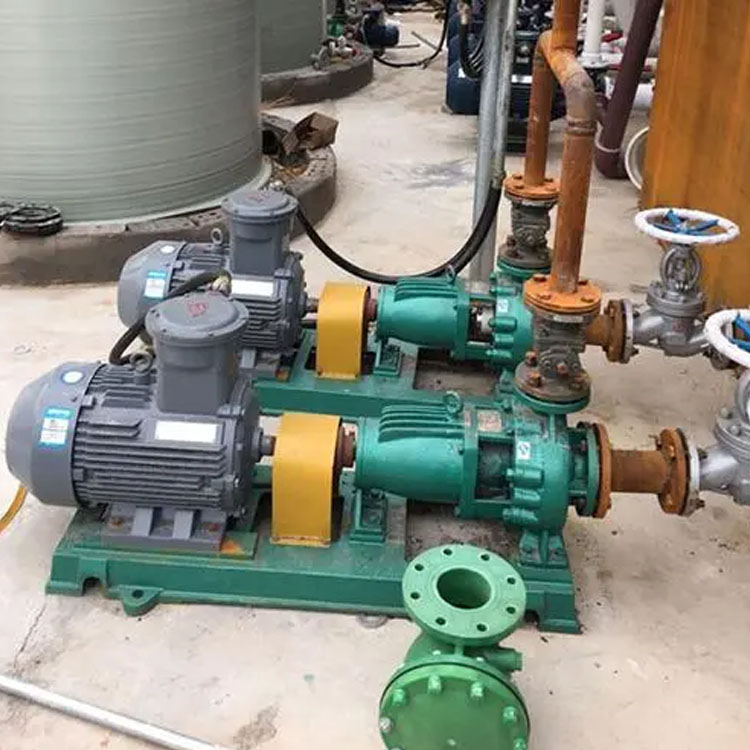
There are many types of chemical pumps, and their uses are also very wide. According to different materials and functions, many types of chemical pumps are classified separately. Today, the pump experts of hrzl Pump Manufacturing Co., Ltd. will give you a relatively general introduction to the general parameters and common uses of chemical pumps, so that everyone can have a preliminary understanding, so that they can have an introduction to this type of product, so that future learning and work can be more easily accepted and absorbed. 1. General parameters of chemical pumps Flow rate: 6.3~400m3/h Head: 5~132m Speed: 2900, 1450r/min Power: 0.55~110KW Inlet diameter: 50~200mm Maximum working pressure: 1.6Mpa The above chemical pump performance parameters meet the international standard ISO2858. This type of chemical pump has the characteristics of wide performance coverage, very high efficiency, high level of "three transformations" and convenient maintenance, which is in line with the government strategy of energy conservation and emission reduction in recent years. 2. Common uses of chemical pumps Chemical pumps can generally be used to transport media with a temperature between -20 degrees Celsius and 105 degrees Celsius. If the temperature of the medium needs to be transported between 105 degrees Celsius and 300 degrees Celsius, a double-end mechanical seal can be used to meet customer needs. The medium transported by chemical pumps is generally not allowed to contain solid particles, but the medium is allowed to be corrosive. Generally used in oil refineries, chemical companies, paper mills, power plants, food processing companies, metallurgical plants, pharmaceutical plants, environmental protection companies, sewage treatment plants and other industries.
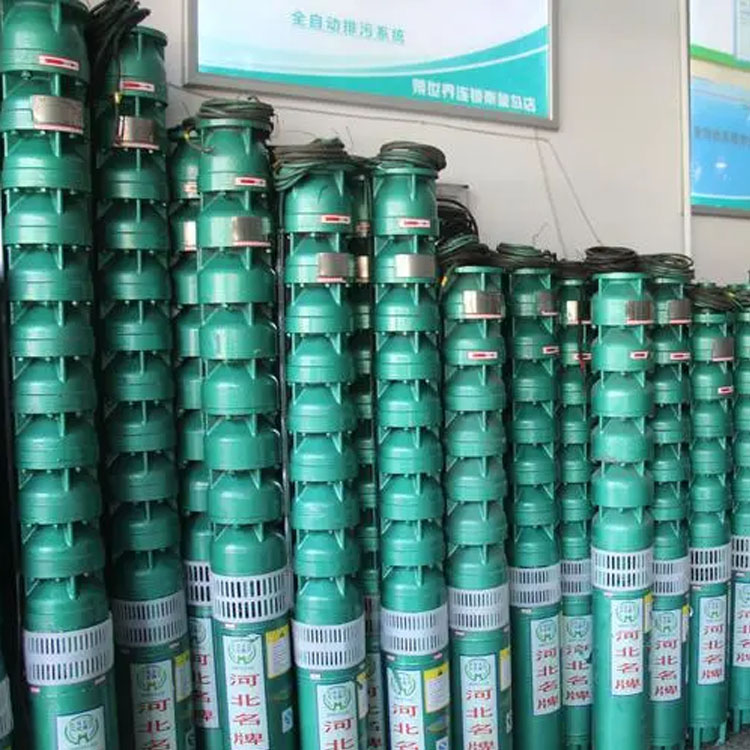
A deep well pump is a vertical multistage centrifugal pump that can lift water from a deep well. With the decline of groundwater levels, deep well pumps are more widely used than general centrifugal pumps. However, some users have problems such as not being able to install, insufficient water output, not being able to pump water, and even damaging the well due to improper selection. So, how do users choose a deep well pump? 1. Initially determine the pump type based on the well diameter and water quality. Different types of pumps have certain requirements for the size of the wellbore diameter. The maximum external dimensions of the water pump should be 25~50mm smaller than the well diameter. If the wellbore is skewed, the maximum external dimensions of the pump should be smaller. In short, the pump body cannot be close to the inner wall of the well to prevent the vibration of the water pump from damaging the well. 2. Select the flow rate of the well pump based on the water output of the well. Each well has an economically maximum water output, and the flow rate of the water pump should be equal to or less than the water output when the well water level drops to half the depth of the well water. When the amount of water pumped is greater than the output of the well, it will cause the well wall to collapse and silt up, affecting the service life of the well; if the amount of water pumped is too small, the benefits of the well cannot be fully utilized. Therefore, the best way is to conduct a pumping test on the well, and use the maximum output that the well can provide as the basis for selecting the flow rate of the well pump. 3. Wells with a sand content of more than one ten-thousandth should not be installed with deep well pumps. Because the sand content of the well water is too high, if it exceeds 0.1%, it will accelerate the wear of the rubber bearings, cause the pump vibration, and shorten the life of the pump. According to the depth of the well water level drop and the head loss of the water pipeline, determine the actual head required by the well pump, that is, the head of the well pump, which is equal to the vertical distance from the water level to the water surface of the outlet pool (net head) plus the loss head. The loss head is usually 6~9% of the net head, generally 1~2m. The water entry depth of the lowest impeller of the water pump should be 1~1.5m. The total length of the underground part of the water pump pipe should not exceed the maximum length into the well specified in the water pump manual.
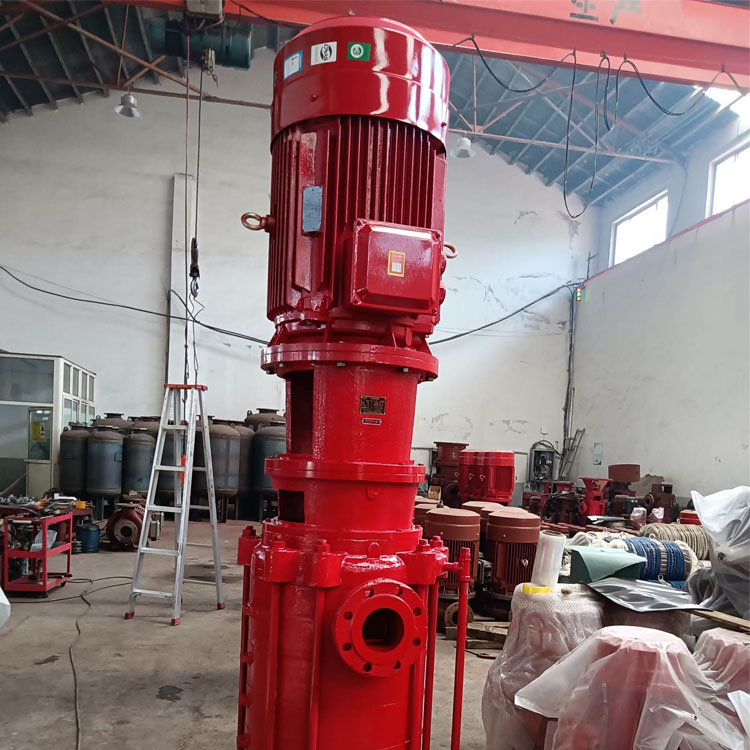
Fire pumps are not limited to the use of fire extinguishers, because many chemical plants, food plants and other industrial production also need to transport some liquids, so vertical fire pumps are more widely used. Many vertical fire pump manufacturers also produce many different functions, depending on the production needs of vertical fire pumps. Consumers, especially factories, need vertical fire pumps. First, communicate with the vertical fire pump manufacturer, their own factory production conditions have special requirements, such as what kind of liquid to convey, how many heads, whether it is in contact with corrosive liquids, etc., to understand what kind of vertical fire pump is suitable for their own factory, and then carefully compare and make the final choice. Second, buyers should pay attention to several points when buying vertical fire pumps. 1. Pay attention to whether there is a small area, because many spaces provided by vertical fire pumps are limited to factories. If the purchase is very good, but the large size of the fire pump cannot be used. 2. Easy to repair, because the factory pays attention to the benefits of vertical fire pumps, if the quality is not good, it often needs to be repaired, and it is not worth the loss to repair it alone. Some professionals are more complicated, and it is best that some small problems can be repaired by their own factory personnel. The pump works stably and reliably and has a long service life. Vertical fire pumps are very important for economically profitable factories and play an indispensable role in the fire protection industry. Therefore, the quality of vertical fire pumps must be up to standard to ensure the application of vertical fire pumps in production, which is also a concern of vertical fire pump manufacturers.
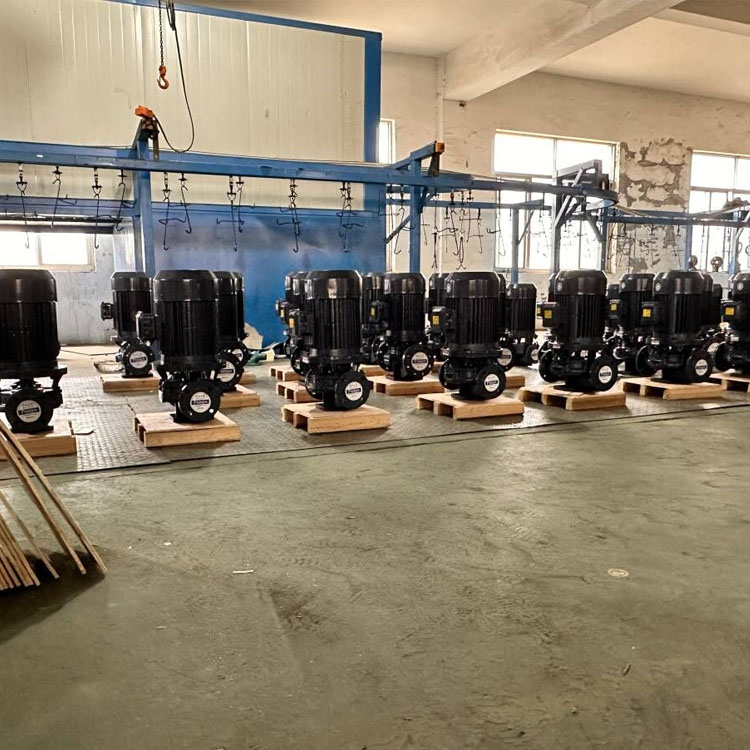
We all know that a foot valve must be installed at the water inlet of a centrifugal pump, but many people do not know why a foot valve should be installed and what the effect of installing a foot valve is. The reason why a centrifugal pump needs to be installed with a foot valve is that during the operation of the centrifugal pump, water must be introduced into the pump body and the entire water inlet pipeline through a vacuum pump or other methods. When the impeller rotates rapidly, the blades cause the water to rotate rapidly. The rotating water flies out of the impeller under the effect of centrifugal force. After the water in the pump is thrown out, a vacuum area is formed in the center of the impeller. The water from the water source is pressed into the water inlet pipe through the pipe network under the effect of atmospheric pressure (or water pressure). This cycle continues, and continuous pumping can be achieved. If the foot valve is not installed, then when the centrifugal pump stops working, all the water in the pipeline will flow back into the pool. In this way, the vacuum pump must be restarted or water must be refilled into the centrifugal pump when the centrifugal pump is started next time, which is time-consuming and laborious. If the centrifugal pump is equipped with a bottom valve, then when it stops, the bottom valve will automatically close under the pressure of water, and the water can remain in the pipeline. The centrifugal pump can be started directly next time, eliminating the step of filling water or opening the vacuum pump, which is very convenient. It is worth mentioning that if the centrifugal pump has a high head or a long water outlet pipe, the centrifugal pump should be equipped with a bottom valve, which can prevent the centrifugal pump from reversing when the water flows back, causing mechanical damage or impeller shedding.
Get A Free Quote
Submit Request